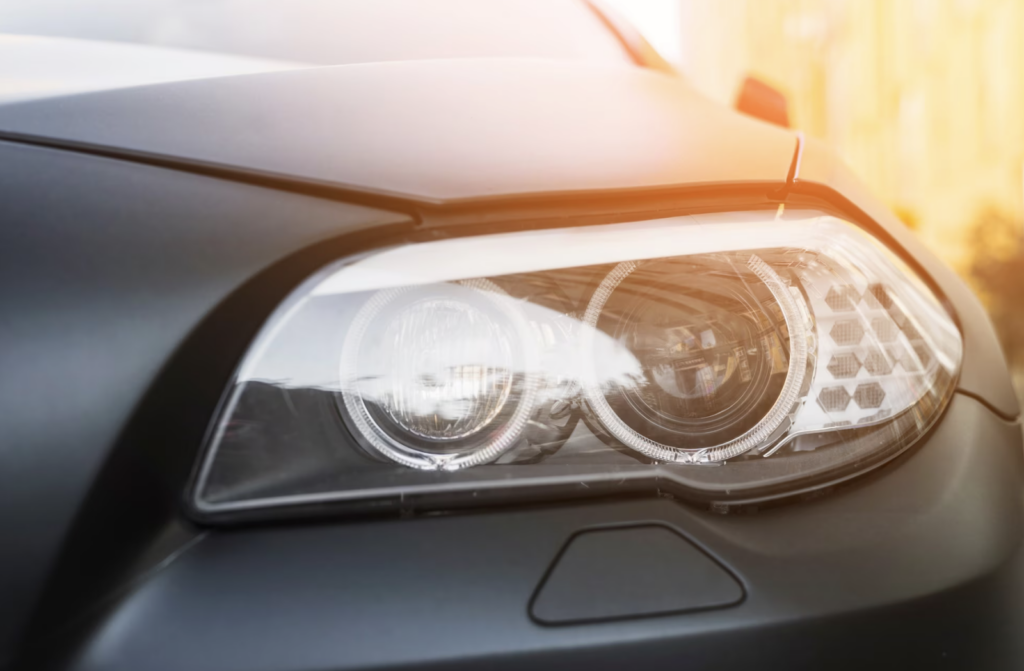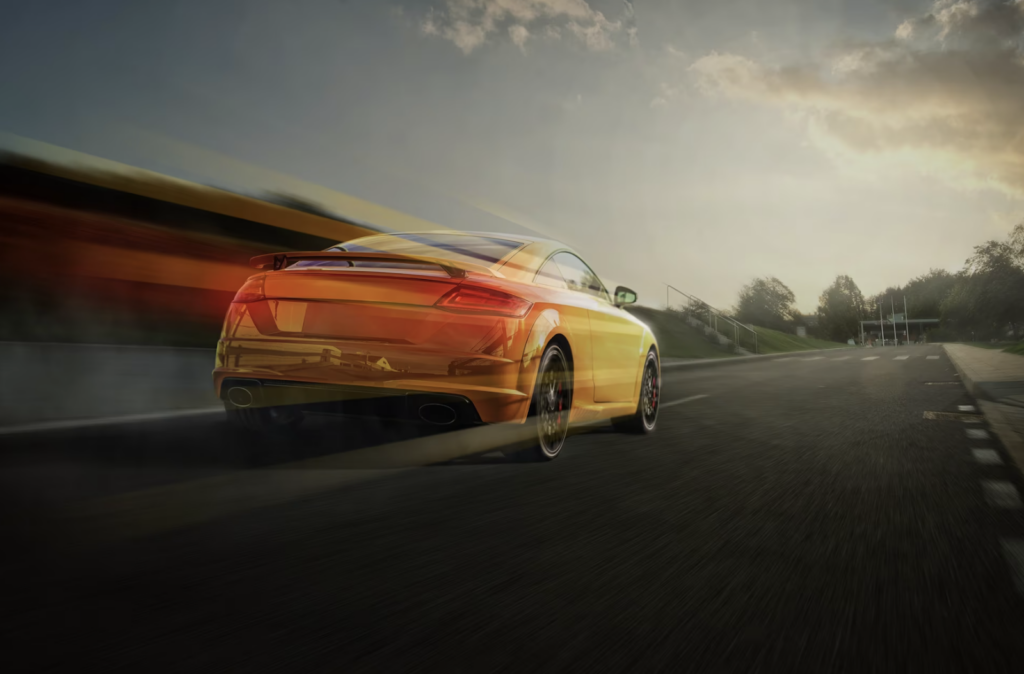The realm of automobiles often dazzles us with a myriad of acronyms and jargon, leaving car enthusiasts and inquisitive minds alike in a state of intrigue. Among these intriguing terms, “DS” stands as a noteworthy enigma. Whether encountered within a car’s model nomenclature, emblazoned on a dashboard button, or woven into automotive conversations, grasping its essence can illuminate the depths of your understanding about modern vehicles. Brace yourself for an enlightening journey as we embark on this comprehensive exploration, unveiling the true essence of “DS” within the automotive lexicon, and unraveling its multifaceted implications across various contexts.
Unraveling the Enigma: Tracing the Path of “DS” in the World of Automobiles
The automotive universe is a tapestry woven with an intricate array of acronyms and terminologies, leaving car enthusiasts and curious minds embarking on a quest for understanding. In this intricate linguistic landscape, “DS” emerges as a captivating puzzle, often encountered within the automotive context. Whether it’s emblazoned on a car’s badge, integrated into a dashboard control, or discussed in automotive circles, deciphering the essence of “DS” unveils a narrative that spans decades and continents.
A Glimpse into the Genesis: The Significance of “DS”
At its core, the “DS” acronym within the automotive realm primarily denotes “Directional Stability.” This concept serves as a beacon guiding the development of systems and features aimed at elevating a vehicle’s stability and control across diverse driving conditions. The crux of directional stability lies in a car’s ability to navigate a straight course, undeterred by the sway, veer, or drift that can often challenge even the most experienced drivers.
An Evolution of Meanings: A Multifaceted Journey
Yet, like a chameleon adapting to its surroundings, the meaning of “DS” has evolved over time, embracing a range of interpretations based on context and the intentions of manufacturers. One of the most notable narratives associated with “DS” originates from the distinguished French automaker, Citroën.
Citroën’s “DS”: A Revolution of Elegance and Innovation
In the mid-20th century, Citroën unveiled the iconic “DS” model, an epitome of automotive elegance and innovation. However, in this context, “DS” took on a new role – “Déesse,” the French word for “goddess.” This reimagining transformed the acronym into a symbol of sophistication, pioneering design, and a leap into the future of motoring. The Citroën “DS” became a testament to the manufacturer’s commitment to pushing the boundaries of engineering and aesthetics.
The Modern Tapestry: Expanding Horizons of “DS”
As the automotive landscape continues to evolve, the “DS” acronym persists as a thread weaving through the fabric of innovation. From directional stability systems to iconic car models, the diverse interpretations of “DS” mirror the ever-changing nature of the automotive industry. Beyond Citroën, other manufacturers have incorporated “DS” to represent varying features and concepts, ranging from driving modes to futuristic design philosophies.
Intriguingly, “DS” has transitioned from being a functional term denoting stability to a symbol of excellence, aspiration, and even a nod to history’s elegance.
What’s Next for “DS”?
As the automotive horizon extends into the future, the journey of “DS” is far from over. The acronym continues to shape-shift, mirroring the dynamic nature of the industry itself. With each new innovation, “DS” offers a glimpse into the automotive universe’s intricate tapestry, inviting enthusiasts to explore its meaning and embrace its legacy.
- Genesis: “DS” stands for “Directional Stability,” emphasizing vehicle control and stability;
- Evolution: The meaning of “DS” has evolved over time, adapting to context and manufacturer intentions;
- Citroën’s Legacy: Citroën’s “DS” model transformed the acronym into “Déesse,” symbolizing elegance and innovation;
- Modern Adaptations: Manufacturers use “DS” for diverse features, from stability systems to design philosophies;
- Continued Mystique: “DS” remains a dynamic element, reflecting the ever-evolving automotive landscape.
The story of “DS” is not just a chronicle of acronyms; it’s a journey through time, design, and engineering – a journey that invites us to decipher its enigma and appreciate its contributions to the ever-evolving world of automobiles.
Citroën and the “DS” Legacy
The Citroën “DS,” pronounced as “déesse” in French, translates to “goddess.” The Citroën DS, launched in 1955, was an iconic car that not only revolutionized automotive design and engineering but also became a symbol of elegance, innovation, and advanced technology.
The DS was renowned for its futuristic design, hydro-pneumatic suspension system, and a host of innovative features that were ahead of its time. It captured the imagination of car enthusiasts and the general public alike, earning its reputation as an automotive masterpiece. The “DS” badge became synonymous with luxury, style, and cutting-edge engineering, leaving an indelible mark on the automotive industry.
Modern Interpretations of “DS”

In modern automotive contexts, the interpretation of “DS” varies depending on the manufacturer. Some automakers use “DS” as an abbreviation for “Drive Sport,” indicating a driving mode that emphasizes performance and agility. In this mode, the car’s transmission, throttle response, and suspension settings are often adjusted to provide a sportier driving experience.
Furthermore, “DS” can also represent a brand or a model line within a manufacturer’s lineup. Brands like DS Automobiles, a luxury division of Citroën, utilize the “DS” moniker to signify premium offerings that combine style, innovation, and advanced technology.
The Technological Implications: Steering Toward a Safer Future
In the ever-accelerating realm of automotive technology, the term “DS” has not remained stagnant. Instead, it has evolved to encompass a myriad of technological implications that revolutionize the driving experience. Beyond its historical roots, “DS” now ushers in a new era of technological innovation, shaping the way we interact with our vehicles and navigate the roads ahead.
Navigating the Digital Dashboard: Unveiling “DS” Controls
Step into the cockpit of a modern vehicle, and you’ll likely encounter an array of buttons, knobs, and digital interfaces. Among these, the presence of “DS” buttons or settings catches the eye. No longer confined to the realm of mysterious acronyms, “DS” has found its place on dashboards as a gateway to a host of advanced features.
The “DS” controls on modern dashboards aren’t merely ornamental; they are a direct conduit to enhanced driving control. Engaging or disengaging these “DS” settings can wield a transformational influence on your driving experience. In this age of innovation, “DS” often signifies far-reaching functionalities, such as:
- Directional Stability Enhancement: At its core, “DS” still encapsulates the concept of directional stability. By activating related features, drivers can experience heightened control and stability, particularly when navigating curves, corners, or uneven terrains;
- Traction Control: “DS” also finds kinship with traction control systems, offering the ability to manage wheel spin and maintain optimal grip on the road surface. This technology steps in during scenarios like acceleration on slippery surfaces, ensuring your vehicle stays on the intended path;
- Driver Assistance Systems: As our vehicles become more intelligent, “DS” takes on a collaborative role with advanced driver assistance systems (ADAS). These systems utilize sensors, cameras, and algorithms to provide real-time feedback and intervention, further enhancing driving safety.
Navigating Through Challenges: The Safety Paradigm
The fusion of “DS” into modern driving technology isn’t just about convenience; it’s about safety. Challenging road conditions, sudden maneuvers, and unexpected hazards demand split-second decisions and actions. Here, the technology associated with “DS” stands as a steadfast companion, equipping drivers with the tools needed to navigate through the intricacies of the road.

A Glimpse into Tomorrow: The Ongoing Evolution
As we gaze toward the automotive horizon, it’s evident that the journey of “DS” is far from over. As vehicles inch closer to autonomy and the landscape of mobility evolves, “DS” will undoubtedly continue to adapt and transform. New innovations await, promising even more seamless integration with driving experiences and pushing the boundaries of what’s possible on the road.
- Dashboard Integration: “DS” buttons and settings grace modern dashboards, offering direct control over advanced features;
- Directional Stability: Engaging “DS” controls enhances driving stability, especially during curves and uneven terrains;
- Traction Control: “DS” extends its influence to traction control systems, optimizing grip on slippery surfaces;
- Driver Assistance: “DS” collaborates with advanced driver assistance systems, reinforcing driving safety;
- Safety First: The integration of “DS” technology is driven by a commitment to safer and more controlled driving experiences;
- Future Prospects: As technology advances, “DS” is poised to further evolve, adapting to the changing landscape of automotive innovation.
As we embrace the technological era of driving, “DS” emerges not as an enigma, but as a symbol of progress and safety. It’s a reminder that even in the most sophisticated vehicles, the quest for optimal control and stability remains paramount. Whether a novice or a seasoned driver, the technological implications of “DS” offer a safer and more empowering journey on the road.
In Conclusion
The term “DS” in a car holds diverse meanings and interpretations, from its historical significance as a symbol of innovation and elegance in the Citroën DS to its modern applications in driving modes and technological features. Understanding the context in which “DS” is used within the automotive landscape enriches your appreciation for the intricate blend of engineering, design, and technology that defines today’s vehicles. Whether you’re a car enthusiast or a casual driver, unraveling the mystery of “DS” adds an extra layer of fascination to the dynamic world of automobiles.
